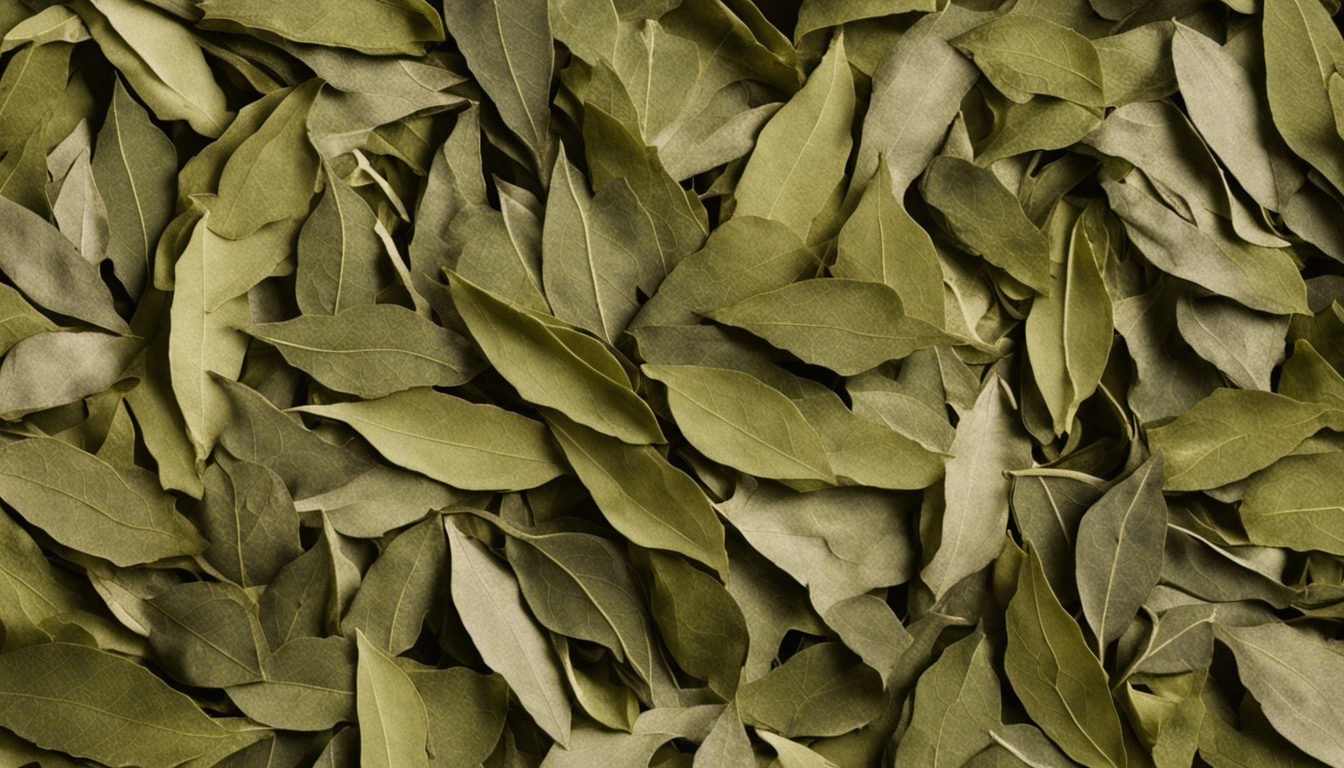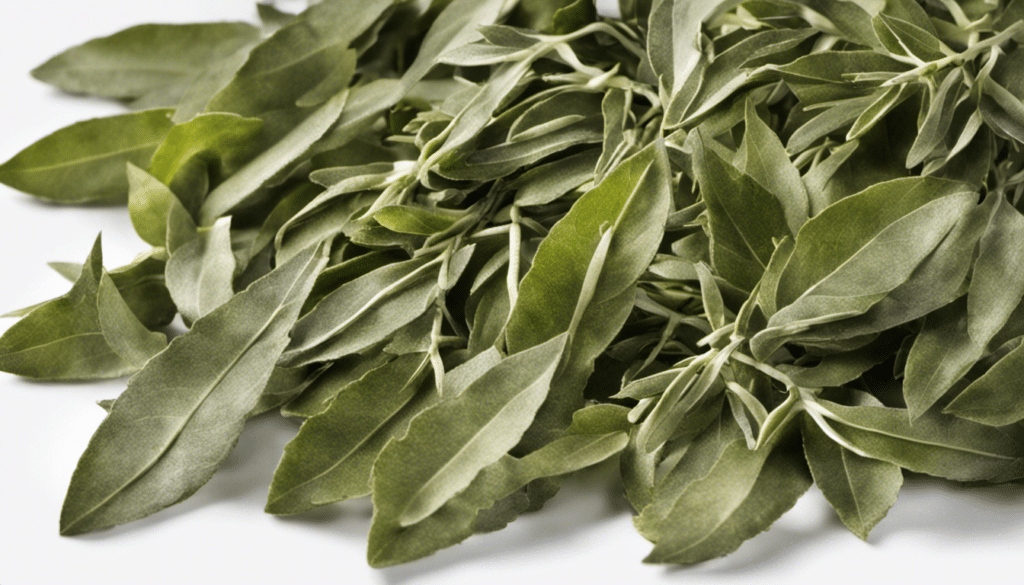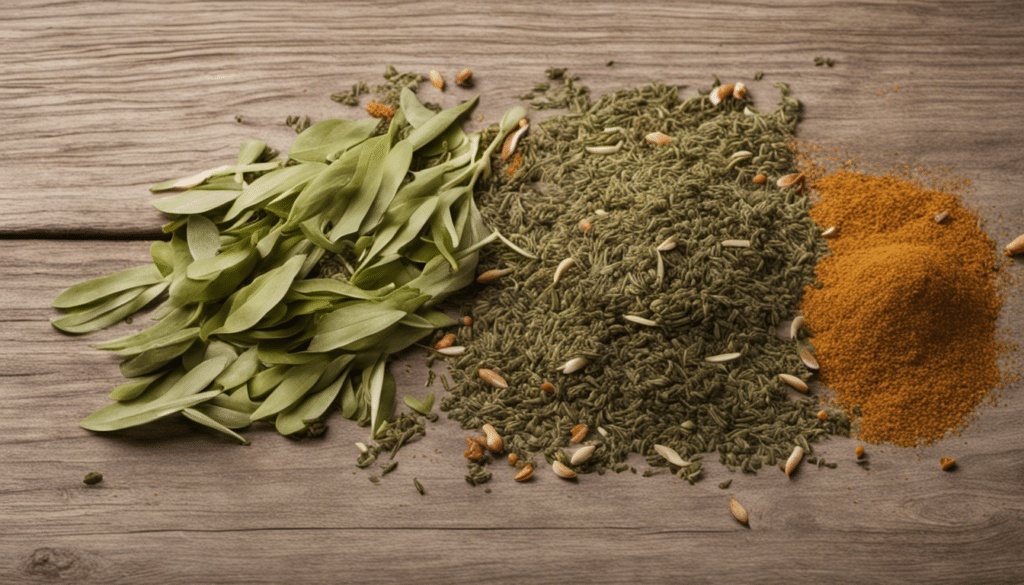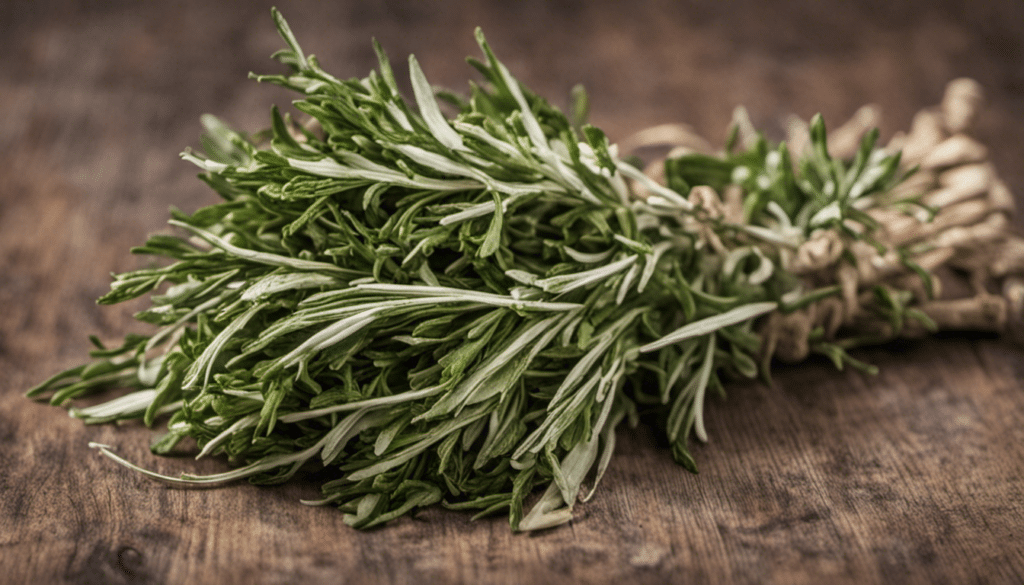Everything You Need to Know About Bay Leaf
Used in cuisines worldwide, bay leaves are an aromatic leaf famous for giving a rich, full-bodied taste to a variety of dishes. Whether fresh or dried, these leaves add an undeniable flavour and aroma to your cooking. In this article, we will delve into everything you need to know about bay leaves, from their origins and health benefits to the multiple names they are known by.
Origins of Bay Leaves
Bay leaves originated within the Mediterranean region and have a rich history that is intertwined with mythology and medicine. The laurel tree, from which bay leaves come, was known as a sacred tree to the ancient Greeks and Romans. They believed the god Apollo wore a wreath of bay laurel on his head, hence the custom of crowning scholars and poets with laurels – the term “baccalaureate,” for example, derives from “bacca laurea,” meaning “laurel berries.”
The leaves have been used as a medicinal herb by various civilizations. The Greeks and Romans used it for its antimicrobial properties and to alleviate gastric distress, while the Egyptians used it for embalming. In fact, Evidence-Based Complementary and Alternative Medicine has highlighted research showing that bay leaves possess a variety of bioactivities including antioxidant, anti-microbial, anti-inflammatory, and anti-cancer properties.
Health Benefits of Bay Leaves
Beyond their culinary uses, bay leaves offer numerous health benefits. They are abundant in vitamins such as vitamin C, A, and many of the B-vitamins. They are rich in various minerals, including potassium, calcium, magnesium, and iron. Multiple research studies have detailed their potential health effects:
- Better blood sugar control: A study featured in the Journal of Ethnopharmacology found that consuming 1-3g of bay leaves daily can help lower blood sugar levels.
- Digestive health and gastrointestinal benefits: Bay leaves have been traditionally used to treat upset stomachs and relieve symptoms of irritable bowel syndrome
- Anti-inflammatory properties: Research in the Journal of Advanced Pharmaceutical Technology & Research outlines how bay leaves can even decrease levels of the pro-inflammatory cytokine, which helps reduce inflammation.
Names Bay Leaves are Known By
Across the globe, bay leaves go by various names due to their universal popularity. In English, they are often referred to as bay laurel leaves or simply laurel leaves. In French, they are known as ‘feuille de laurier’, and in Italian, it’s ‘alloro’. Other languages also have their unique names, but ‘bay leaf’ remains the most widely recognized moniker in culinary usage.
Whether used as a subtle background note or as a standout flavor, the bay leaf is a kitchen staple that not only enhances your dish, but also brings significant health benefits. This underrated herb has a proud history from ancient times to the modern kitchen, providing flavour, health benefits and a hint of ancient mythology all at once.
Bay Leaf Recipe Ideas
- Bay Leaf Infused Roasted Turkey
- Bay Leaf Spiced Rice Pilaf
- Fresh Bay Leaf Braised Chicken Thighs
- Bay Leaf and Garlic Mashed Potatoes
- Slow Cooker Beef Stew with Bay Leaves
- Bay Leaf and Cinnamon Spiced Apple Pie
- Savory Bay Leaf Roasted Vegetables
- Fish Biryani with Bay Leaves
- Slow Cooked Red Beans with Bay Leafs
- Bay Leaf Scented Mocha Coffee




